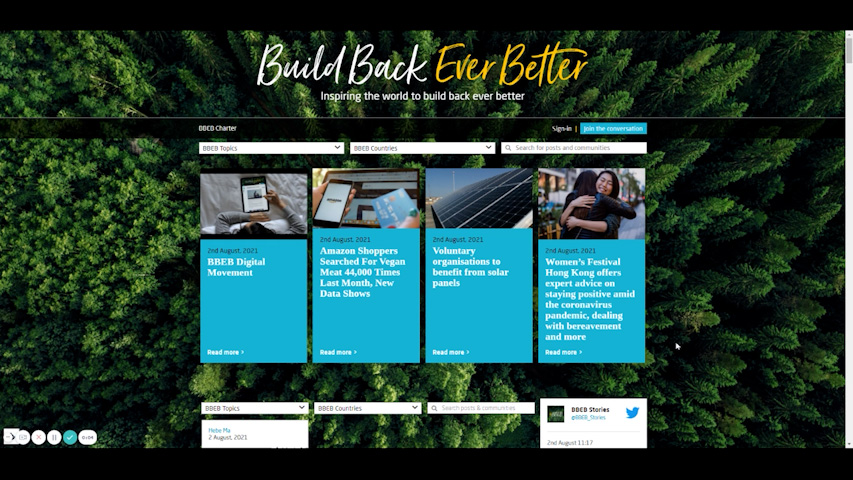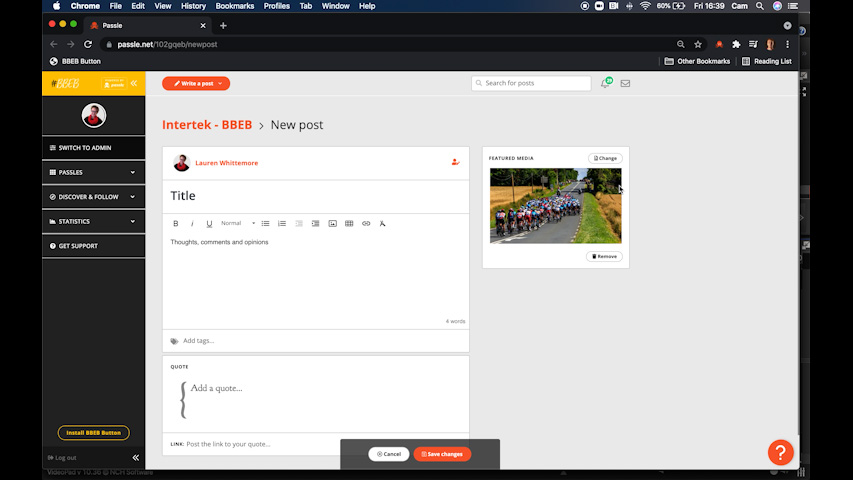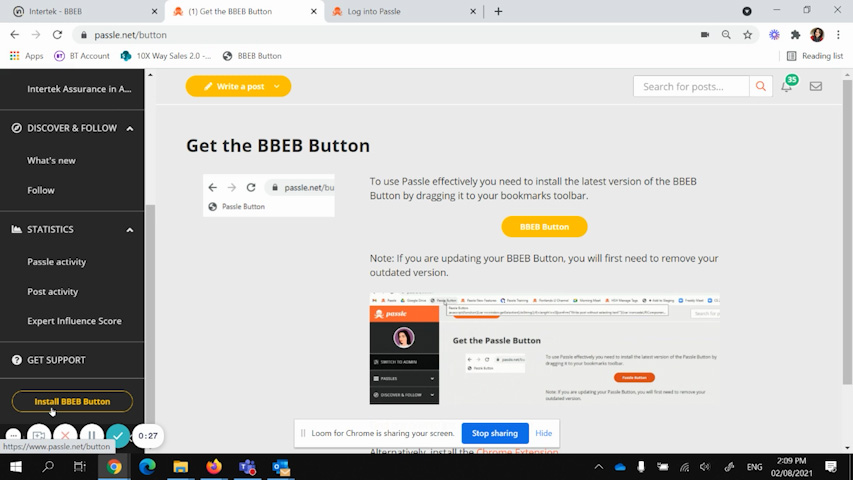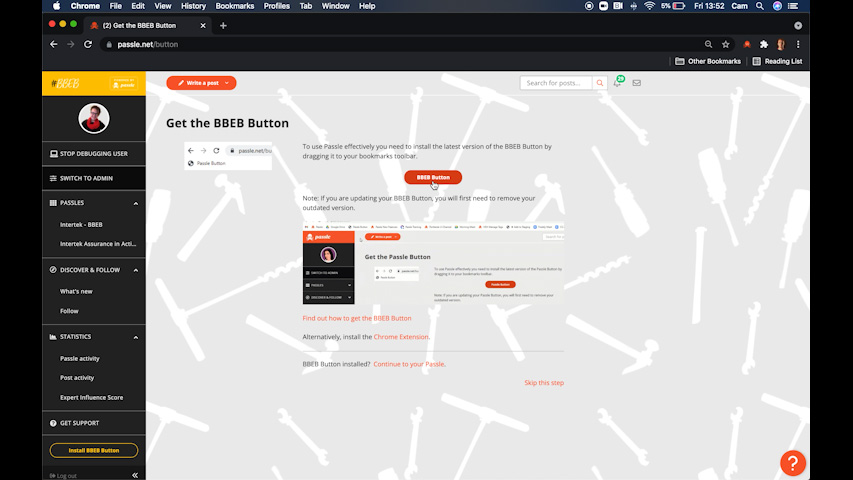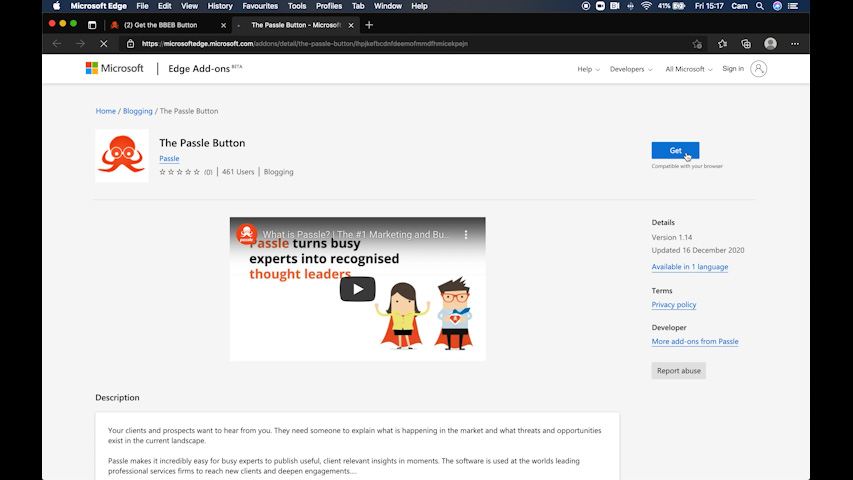This article from Google explores how brands are building for accessibility and disability inclusion.
It's especially important to cater to people who are typically underserved in the digital world. For example, people who are blind or have low vision, are deaf or hard of hearing, are neurodivergent, or those who have motor impairments. These individuals often face barriers when an experience is not properly designed. Online journeys are often a convoluted experience for people, so brands need to ensure their apps and websites don’t add further complications.
Building accessible user experiences will soon become a regulatory requirement too. This year, European Union member states are adopting the European Accessibility Act into their laws. The expectation is that all products and online services will need to be accessible once the requirements come into force in 2025.
While some brands are prioritising diversity, equity, and inclusion in their messaging and marketing campaigns, an essential component of inclusivity may be missing: accessibility.












